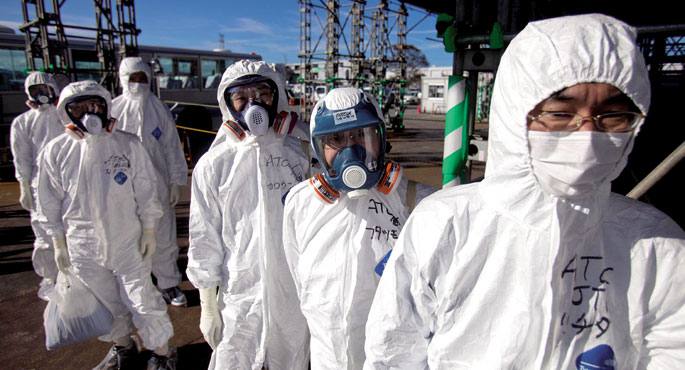
Two years have passed since the explosion of the Fukushima nuclear power plant and 27 years since the Chernobyl accident. In the latter, a second cover is being built, which would appear to become the graveyard of the radioactive elements. In Fukushima, on the other hand, garbage is still being collected around the reactors, and the hypothesis of how and where to remove the fuel rods inside is being swept away.
Recently, coinciding with the second year of the explosion, the Japanese company TEPCO and the plant owner were invited to visit the plant. Some of these journalists left a hotel in the city of Iwaki, about 50 kilometers from Fukushima. The trip was carried out by bus and on the way a radiological control was carried out. At the beginning and at the end, clothes were changed twice and the second one was placed a mask attached to the face. This seemed to be a great landfill, and around the reactors it did not take more than an hour, as its level of radioactivity is unbearable. About 3,000 workers are working, or in constant displacement, as it is difficult to work. On the one hand, because the clothes they have to wear are uncomfortable, and on the other, because there are jobs to do in a few minutes, if you don't want to suffer excessive radioactivity.
The explanations of the TEPCO technicians focused on the tasks being carried out and did not hide their insecurity. It seems that the difficulties of the work are being talked about sincerely, but there may also be another intention: if there are insurmountable problems, the only possible solution is to leave the fuel under thousands of tonnes of cement.
In this regard, it should be noted that the company Nuclenor, the owner of Garoña, has requested an Individual Temporary Deposit for the transfer of radioactive material. This is one of the essential steps for demolishing the plant. Let us hope that even though the deposit is provisional, the closure of Garoña will be final.